Introduction à Excavatrices
Quelle est la largeur d'une pelle. Êtes-vous prêt à plonger profondément dans le monde des pelles ? Ces machines puissantes sont indispensables sur les chantiers de construction, permettant de déplacer facilement la terre et les roches. Mais vous êtes-vous déjà demandé quelle pouvait être la largeur de ces puissants géants ? Eh bien, ne vous posez plus la question ! Dans cet article de blog, nous allons explorer la largeur d'une excavatrice et expliquer pourquoi c'est important. Alors enfilez votre casque et commençons !
Different Types of Excavators and their Uses

Excavators come in various shapes and sizes, each designed for specific tasks. Let’s take a look at some of the different types of excavators and their uses.
1. Standard Excavator: This is the most common type of excavator you’ll see on construction sites. It typically has a bucket attached to a boom and is used for digging trenches, foundations, and general earthmoving.
2. Mini Excavator: As the name suggests, mini excavators are smaller in size compared to standard excavators. They are often used in tight spaces or indoor projects where maneuverability is crucial.
3. Long Reach Excavator: These excavators have an extended arm that allows them to reach greater depths or heights than standard ones. They’re commonly used for dredging rivers, clearing debris from water bodies, or demolishing tall structures.
4. Wheel Excavator: Unlike other types that use tracks for mobility, wheel excavators have wheels similar to those on a bulldozer or backhoe loader. They excel at jobs requiring frequent movement over short distances.
5. Crawler Excavator: With its tracks providing stability over uneven terrain, crawler excavators are ideal for heavy-duty applications like mining or forestry operations.
6. Amphibious Excavator: These specialized machines can work both on land and in water thanks to their floating pontoons or tracks fitted with additional buoyancy attachments.
7.Demolition Excavator : Equipped with hydraulic hammers and grapples , demolition excavtors can efficiently dismantle buildings,gut interiors,and remove concrete structures.
Factors That Affect the Width of an Excavatrice
When it comes to the width of an excavator, there are several factors that can influence this important attribute. One key factor is the type of work the machine will be used for. Excavators used in tight spaces or confined areas may need to have a narrower width in order to maneuver easily. On the other hand, larger construction projects might require a wider excavator for increased stability and digging power.
Another factor that affects the width of an excavator is transportation logistics. If an excavator needs to be transported frequently between job sites, its width must conform to road regulations and restrictions. This means that some models may have adjustable tracks or boom extensions that allow them to be narrowed during transport.
The size and weight capacity of an excavator also play a role in determining its width. Smaller machines typically have narrower widths as they are designed for lighter duty work, while larger models capable of heavy lifting usually have wider dimensions for added stability.
Additionally, site conditions can impact the required width of an excavator. Uneven terrain or obstacles on a worksite may necessitate a narrower machine that can navigate through tight spaces without causing damage.
The width of an excavator is influenced by various factors including the type of work it will perform, transportation considerations, size and weight capacity requirements, and site conditions. By carefully considering these factors, contractors can choose the right-sized excavator for their specific needs
Standard Width of Excavators
When it comes to excavators, one important factor to consider is their width. The standard width of an excavator can vary depending on the specific model and purpose. Generally, compact or mini-excavators have a narrower width compared to larger hydraulic excavators.
Compact or mini-excavators are designed for small-scale projects and tight spaces. These machines typically have a width ranging from 3 feet to 7 feet, making them ideal for maneuvering through narrow pathways and working in confined areas such as residential yards or construction sites with limited access.
On the other hand, larger hydraulic excavators used in heavy-duty construction projects often have wider widths. These machines can range from 8 feet up to 30 feet wide or even more. The increased width allows them to handle bigger tasks like digging deep foundations or moving large amounts of material efficiently.
It’s worth noting that the specific job requirements will determine which excavator size and width is most suitable. Factors such as site conditions, project scale, and available space need to be taken into consideration when choosing the right machine for the job.
In conclusion (Please note that this section does not conclude), there is no one-size-fits-all answer when it comes to the standard width of excavators. It varies based on different factors including machine type and intended use. By understanding these variations, contractors can select an excavator with an appropriate width that meets their project needs effectively
Benefits of a Wide Excavator
A wide excavator offers several advantages that make it a valuable asset in various construction and excavation projects. The wide bucket width allows for larger volumes of material to be scooped up at once, increasing efficiency and productivity on the job site. This means fewer trips back and forth to dump sites, saving time and resources.
Additionally, a wider excavator provides greater stability during operation. The increased width distributes the machine’s weight more evenly, reducing the risk of tipping over or losing balance while digging or lifting heavy loads. This not only enhances safety but also enables operators to work with confidence in challenging conditions.
Moreover, a wide excavator is better suited for working on uneven terrain or in tight spaces where maneuverability is limited. The broader stance helps maintain stability even on soft or unstable ground surfaces, allowing for smooth operation without compromising performance.
Furthermore, when it comes to digging trenches or foundations for buildings or infrastructure projects, a wide excavator can achieve greater accuracy and precision. The wider reach eliminates the need for multiple passes to achieve the desired depth and width of the trench.
In conclusion,the benefits of using a wide excavator are numerous – increased productivity due to larger capacity buckets; enhanced stability leading to improved safety; superior maneuverability on challenging terrains; and more precise digging capabilities. These advantages make a wide excavator an invaluable tool for construction companies looking to optimize their operations and deliver high-quality results efficiently.
Limitations of a Narrow Excavatrice

A narrow excavator may seem like a convenient option in certain situations, but it does come with its limitations. One of the main drawbacks of a narrow excavator is its reduced stability. Due to the narrower width, these machines are more prone to tipping over when working on uneven or unstable terrain. This not only puts the operator at risk but also slows down productivity as extra caution needs to be taken.
Another limitation of a narrow excavator is its restricted digging capacity. The smaller size limits the depth and reach that can be achieved while digging, making it less suitable for larger construction projects where deeper excavation is required. Additionally, a narrower bucket means less material can be moved at once, resulting in longer work times and increased fuel consumption.
Furthermore, maneuvering a narrow excavator can prove challenging in tight spaces or congested job sites. The limited width makes it difficult to navigate through obstacles such as trees or structures without risking damage to both the machine and surrounding objects.
While a narrow excavator may have its advantages in specific scenarios where space is limited, it’s important to consider its limitations before deciding if it’s the right choice for your project.
Conclusion
Excavators are versatile and powerful machines that play a crucial role in various industries such as construction, mining, and landscaping. Their width is an important factor to consider when choosing the right excavator for a specific job.
Different types of excavators serve different purposes and come in various widths. Mini-excavatrices are narrower and more compact, making them ideal for working in tight spaces or on smaller projects. On the other hand, larger excavators have wider dimensions, allowing them to handle heavier loads and tackle bigger tasks with ease.
The standard width of an excavator depends on its size and model, ranging from around 5 feet (1.5 meters) for mini-excavators up to 11 feet (3.4 meters) or more for large models. It’s essential to consult the manufacturer’s specifications to ensure you select an excavator with the appropriate width for your intended use.
While there are benefits to both wide and narrow excavators, having a wide machine offers several advantages. A wider base provides improved stability during operation, reducing the risk of tipping over while working on uneven terrain or lifting heavy objects. Additionally, a wider bucket capacity allows for greater efficiency when digging or moving materials.
However, narrow excavators also have their place in certain situations where space is limited or precision work is required. They can maneuver through narrow passages easily without compromising their performance capabilities.
Determining the ideal width of an excavator depends on factors such as project requirements, site conditions, accessibility constraints, and operator preferences. By carefully considering these aspects along with expert advice from equipment suppliers or manufacturers’ representatives’, you can make an informed decision that maximizes productivity while ensuring safety on your worksite.
So whether you opt for a wide or narrow excavation machine will depend entirely on your specific needs and circumstances.

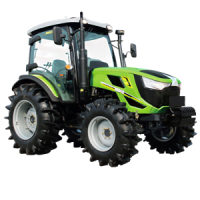
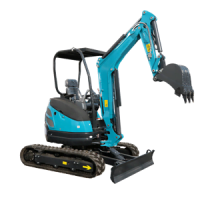
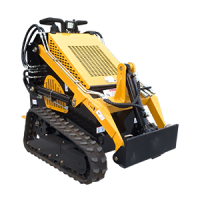

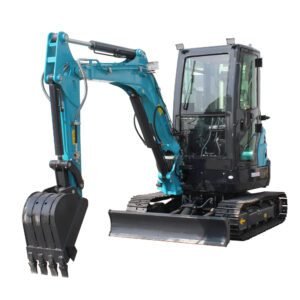
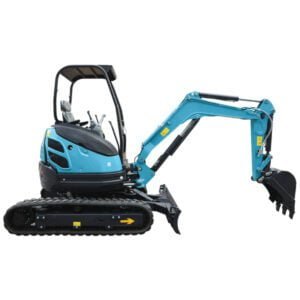
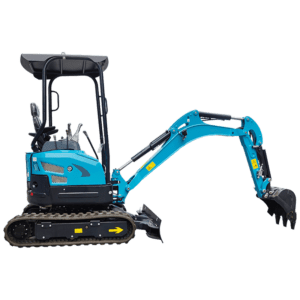

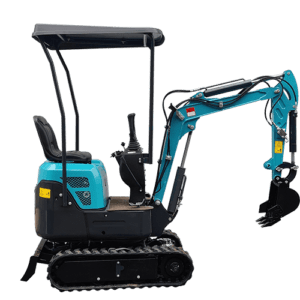

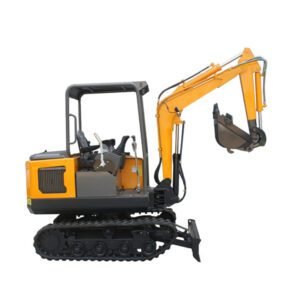

-1.png)